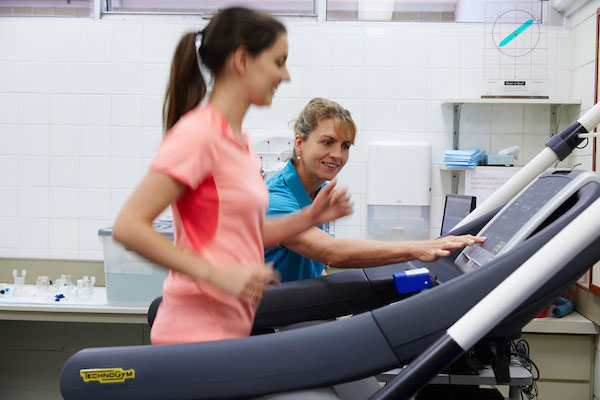Research conducted with the Raine Study falls under one of 14 special interest groups (SIGs). One of those special interest groups looks specifically at musculoskeletal data. The focus of the Musculoskeletal Special Interest Group is on areas of human musculoskeletal health and disorders.
This SIG has a range of measures on our participants relating to neuromuscular development, hypermobility assessment, motor control, posture, strength, pain, pain sensitivity, and musculoskeletal disorders across different ages and generations of the Raine Study.
The Raine Study musculoskeletal data is being used to track the development, mechanisms and consequences of musculoskeletal pain and pain sensitivity, and identify determinants and facilitators of musculoskeletal health.
SIG Leaders
We are fortunate enough to have some well-known researchers from across Australia leading this SIG.
Dr Rob Waller, Curtin University

Dr Rob Waller is a Lecturer at the School of Physiotherapy and Exercise Science at Curtin University teaching on the Postgraduate Clinical Master program. Alongside his teaching Dr Waller is owner and senior physiotherapist at Bassendean Physiotherapy.
Dr Waller is currently completing a PhD investigating pain characteristics in young adults using data collected by the Raine Study.
Associate Professor Peter Kent, Curtin University
 Professor Peter Kent teaches prognostic research method and scientific writing at under-graduate and post-graduate levels at Curtin University. Along with his teaching, Professor Kent has 20 years of clinical experience as a musculoskeletal physiotherapist in hospital settings, multidisciplinary clinics and private practice.
Professor Peter Kent teaches prognostic research method and scientific writing at under-graduate and post-graduate levels at Curtin University. Along with his teaching, Professor Kent has 20 years of clinical experience as a musculoskeletal physiotherapist in hospital settings, multidisciplinary clinics and private practice.
In addition to his position at Curtin University, Professor Kent is a Visiting Scientist and Honorary Professor in the Centre for Muscle and Joint Health at the University of Southern Denmark.
Professor Kent’s research has been primarily focused on prognostic and treatment subgrouping in spinal pain, prognostic research methodology, clinical reasoning, the role of the MRI findings in spinal pain, and the capacity of technology to improve treatment effectiveness.
Key Findings of the SIG
Thanks to the ongoing involvement of our participants, this SIG has been able to make a huge range of life-changing discoveries including:
- Low back pain emerges in adolescence and for many that sets a pain trajectory into young adulthood.
- Low back pain has a complex, multidimensional nature and has a substantial impact for some adolescents.
- Spinal pain and mental ill-health combines are related to increased absence from work among young adults.
- Neck postures in 17-year-olds were not associated with neck pain.
- Increased pain sensitivity in young women is associated with a low cortisol response to psychological stress and also with moderate or severe menstrual pain.
For more information on key findings from this Special Interest Group, visit our Musculoskeletal Special Interest Group page.

